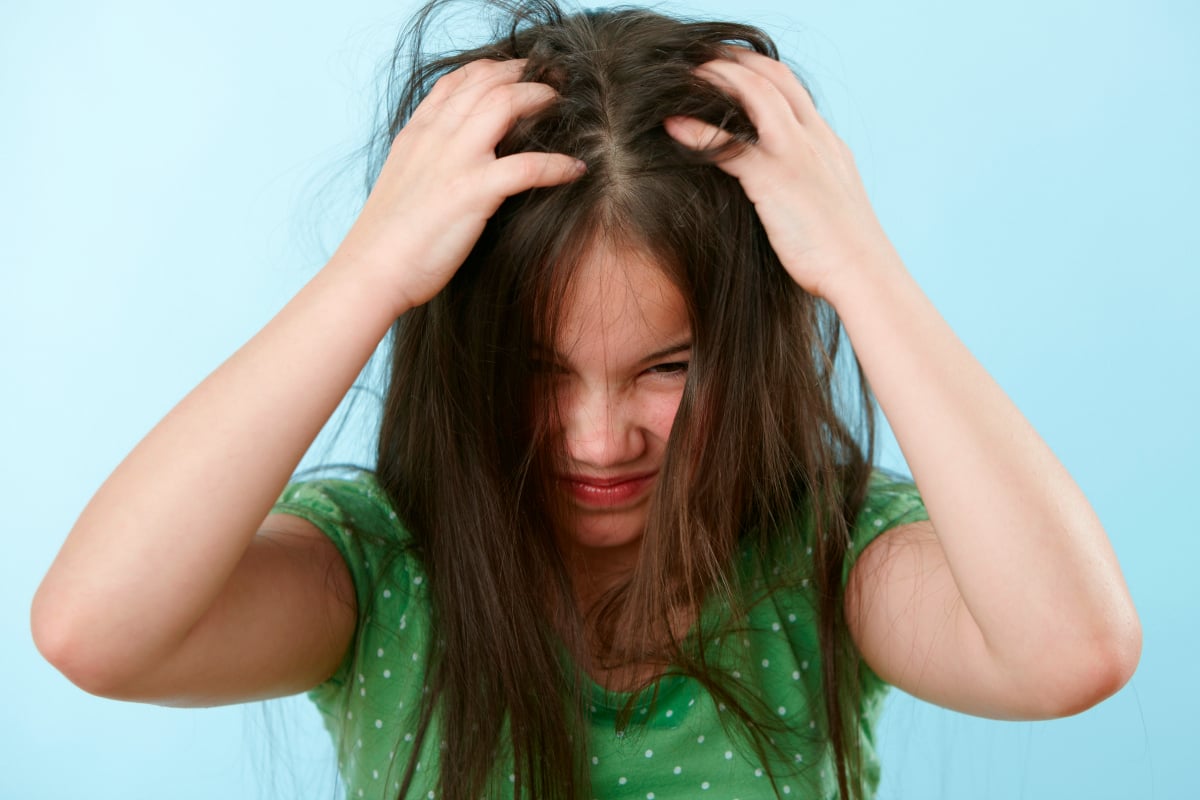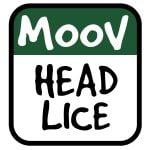

There’s a first time for many unexpected things, when you’re a parent: a first tsunami poo. A first project vomit. A first cold.
And of course, the first time your child gets head lice.
No child gets away with a lice-free childhood, just as no parent escapes a moment when they realise, “Well, yes, that is a lice egg, not dandruff, and yes, that needs to be addressed – immediately.”
Head lice – those little insects that work their way into hair, feeding off the blood under a scalp and breeding voraciously – are almost a rite of passage for every child, and every parent. Any child who’s interacted with other kids at kinder, childcare, or school, risks exposure to catching head lice. And often, they bring it home and it spreads to the entire family.
In fact, according to MOOV, an Australian market leader in head lice treatment, 50 percent of Aussies are affected by head lice over their lifetime.
Head lice can’t fly, can’t jump, and rely solely on a live human scalp for survival – which is why, for example, they can’t be transferred in swimming pools. So how exactly are they spread? Here are four of the most common ways, which can sometimes be quite unexpected…
An Aussie outdoor staple – the humble hat.
It’s a scenario that happens in childcare centres and schools daily – the kids rush to go outside, and accidentally grab a hat that’s not theirs. Sometimes, it will be the hat of a child who doesn’t know they have head lice, and just like that, the next child does too.



Top Comments
Yes & a hair dryer... no need for chemicals or shampoos
I straighten my daughters hair burn them and their eggs seems to work
I don't have a straightener, is it OK if I just skip straight to burning my daughters?
The phrasing at first had me scratching my head - then it clicked :o)